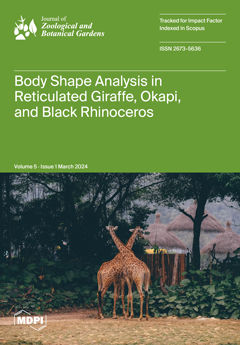The Sierra Madre Mountain Range (SMMR) is the backbone of the Luzon Islands that contains a high concentration of highly important ecological resources distributed among the 68 protected areas therewith. The present study aimed to assess the composition and diversity of tree species in a secondary forest within the SMMR. A 2.25 km transect with 10 900-m
2 plots were established to record tree species with a diameter at breast height of at least 10 cm. The findings revealed 148 individuals of trees from 38 morphospecies, 28 genera, and 20 families. Importance values unveiled the Aurora endemic
Macaranga stonei Whitmore as the most important species in terms of the relative values of its abundance, frequency, and dominance. The area was also found to be home to 33 natives, 12 endemics, five IUCN threatened species, and nine Philippine threatened trees. Furthermore, the study site was also found to have considerably high diversity, with a Shannon–Weiner Index value of 3.269 and a relatively even distribution of individuals among species, as supported by the Simpson’s Evenness index value of 0.9453. Significant correlational relationships were also found among species richness, Shannon–Weiner index, and Simpson’s Evenness index, with correlation coefficients ranging from 0.881 to 0.934, with all significant at
p < 0.001. Lastly, the study was able to produce a distribution map, which is necessary for implementing targeted conservation strategies. These findings provided valuable implications for future research and implementation of targeted and participatory biodiversity conservation and protection strategies.
Full article





